State agencies are reshaping how U.S. school districts approach safety, devices, accessibility, and artificial intelligence—often not through new laws, but via guidance documents that set expectations without imposing unfunded mandates. For leaders already navigating tight budgets and staffing constraints, these guidance papers function as roadmaps: they describe preferred practices, align districts with potential funding, and signal where policy is heading next.
The first clear area is physical security. As students return to classrooms, states are nudging districts toward faster, more coordinated incident response—especially through panic-alert systems tied directly to law enforcement, commonly referenced under Alyssa’s Law. Requirements and timelines differ by jurisdiction, but the thrust is consistent: shorten the time from threat detection to response, standardize communications and drills, and ensure technology can scale. For districts, the practical implications go beyond buying devices. They include mapping coverage inside buildings, integrating with local 911 centers, training staff, and building after-action review processes that translate drills into procedural improvements. Leaders also have to consider data handling, maintenance, and the human factors of adoption so that tools augment—rather than burden—front office staff and teachers.
The second pressure point is distraction from personal devices. While schools can’t regulate phones off campus, many are being asked to implement age-appropriate limits during the school day. State guidance has accelerated policies that curtail use in younger grades and establish stricter boundaries in middle schools, while allowing more targeted use in high school courses that truly require a device. Some districts are turning to lockable pouches to reduce day-to-day enforcement friction. Educators caution, however, that hardware alone won’t solve attention and engagement challenges. Effective implementation couples rules with instructional design: lessons that intentionally incorporate a device for a clear task—or that are purpose-built to work without phones entirely—reduce the need for constant policing. Clear parent communication and consistent consequences help, but so do classroom routines that make the “off” default feel normal rather than punitive.
A third trend is the mainstreaming of assistive technologies. Tools once reserved for individual accommodations—voice access for students with mobility or writing challenges, or real-time translation to support multilingual learners and families—are being adopted at scale. Districts report faster parent engagement when translators are available for school events and conferences, and broader participation when captions or read-aloud functions are standard rather than exceptional. The shift reframes assistive tech as part of universal design: investments that help specific students also reduce barriers for many others. Implementation still requires diligence. Leaders need to verify accessibility against recognized standards, ensure data privacy, train staff to use features effectively, and collect usage and outcomes data that justify ongoing support.
The fourth and fastest-moving area is digital and AI literacy. More than two dozen states have now released nonbinding guidance that gives districts a starting point on acceptable classroom uses, academic integrity, privacy and security expectations, and professional learning for staff. At the federal level, the administration’s AI action plan has added momentum, particularly where grant programs and workforce readiness initiatives intersect with K–12. The result is a workable set of guardrails without a one-size-fits-all mandate: districts can pilot AI tools tied to curriculum goals, require disclosure when AI assists with student work, establish procurement criteria for vendors handling student data, and create a simple approval pathway that encourages experimentation while protecting students and teachers.
For readers asking “why this matters,” the throughline is flexibility with direction. Guidance lets districts move quickly, adapt to context, and stay eligible for funding, but it also raises the bar on governance. Leaders will be expected to show their work: policies on paper, training on calendars, and evidence that technology choices are improving safety, instruction, or access.
In practical terms, district teams can start by inventorying current policies against the latest state documents in each of the four areas, then prioritizing actions that are low-cost and high-impact—updating procedures, clarifying communications with families, and scheduling professional learning. On the security front, that may mean mapping alert coverage and testing integrations with local responders before purchasing more hardware. For device policies, it means aligning enforcement with age bands and reworking lesson plans so teachers aren’t caught between instruction and constant monitoring. For assistive tech, it’s choosing translation and voice tools that meet accessibility benchmarks and building support for teachers who will deploy them. For AI, it’s adopting a baseline responsible-use policy, defining permitted classroom scenarios, and standing up a lightweight review process for new tools that addresses privacy, data retention, and transparency.
Many districts, especially those with lean central offices, are turning to comprehensive technology partners to navigate this landscape. The value isn’t just procurement; it’s solution design—help prioritizing short- and long-term investments, aligning them to state guidance and available funds, and putting in place the analytics that demonstrate return on investment. Done well, that partnership can save time, optimize spend, and reduce risk, while keeping the focus on student outcomes and classroom safety.
Looking ahead, education agencies are expected to publish additional AI and device guidance through the school year, while safety specifications and funding opportunities continue to evolve. The most resilient districts will treat guidance as a living framework: checking for updates regularly, auditing what’s working, and adjusting course with clear evidence. The aim is simple but demanding—keep classrooms safe and focused, broaden access for every learner, and prepare students for a technology-rich future without overburdening the people who make schools run.





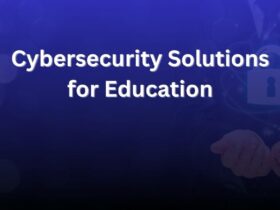
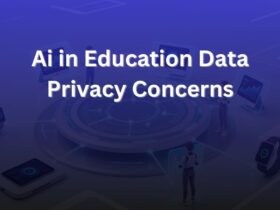
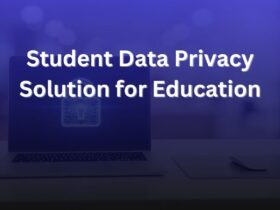






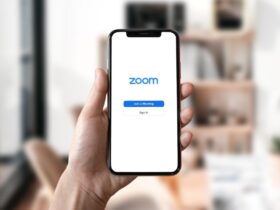
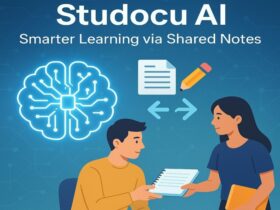

























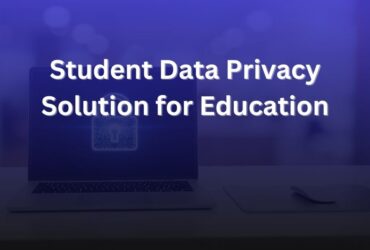


Leave a Reply